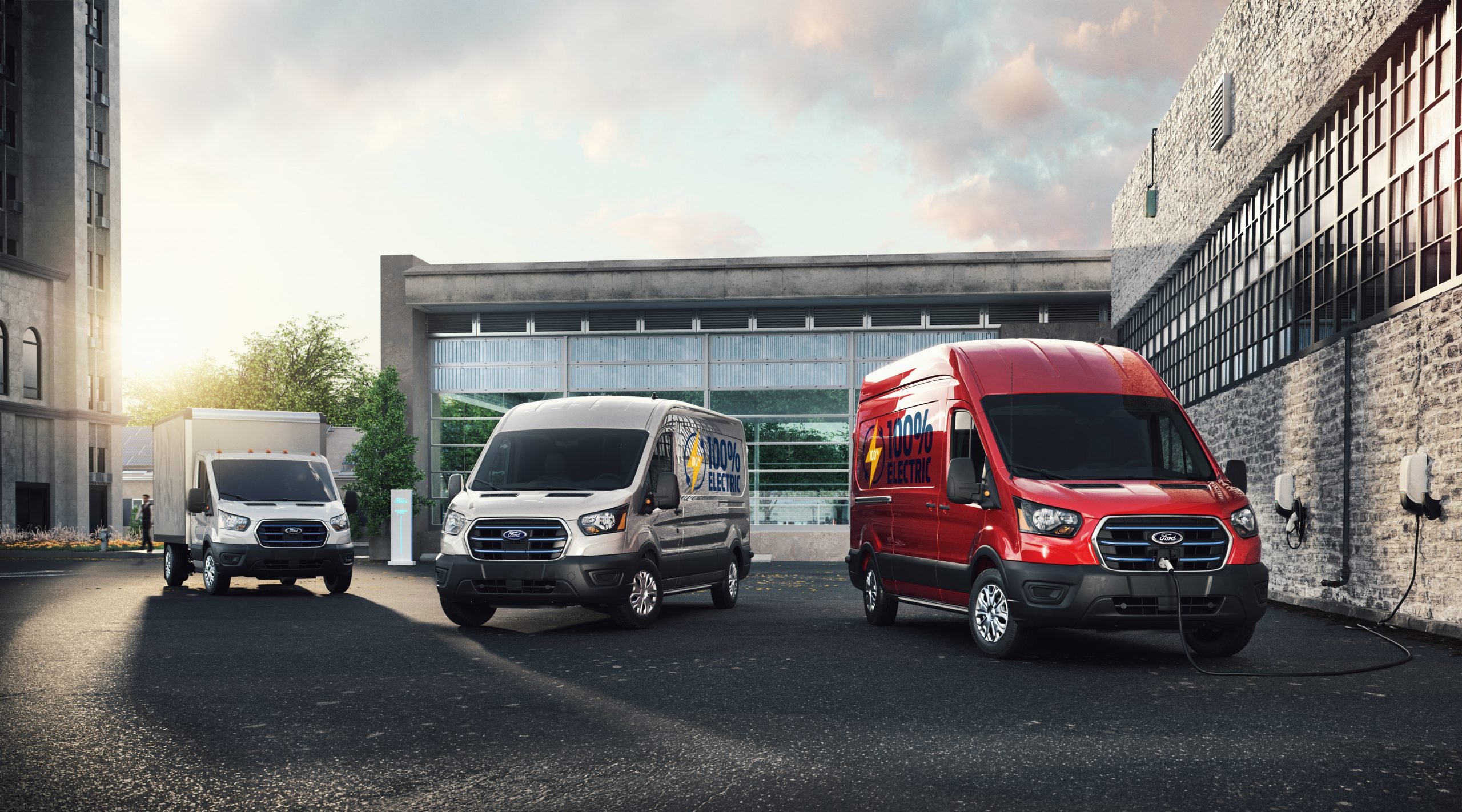There's a reason Tesla management has a dim view of VTG. It's because Tesla management uses first-principles thinking like a guided laser to arrive at the truth of things better than most people can in their wildest dreams. Tesla's success is a direct result of thinking about thousands of things correctly and avoiding the temptation to use fuzzy thinking to arrive at non-optimal solutions
Sure, VTG might seem like a great thing to one with less ability to fully parse the necessary considerations, but that doesn't mean that person is thinking more clearly than Tesla management or that they have more information at their disposal than Tesla management or that Tesla management has a conflict of interest that leads to a non-optimal position. In a nutshell, here's why widespread VTG does not make sense:
An EV's battery must be sized taking all relevant considerations into account. Too big and the owner is wasting money on seldom used capacity while packing around excessive weight that reduces the efficiency of the vehicle and wears the tires unnecessarily quickly.
There are two primary use cases for VTG; (1) Emergency energy storage of each EV to draw upon in the event of power failure and (2) The collective storage of all EV's in a region to buffer grid demand and reduce the need for peaker plants. The least desirable place to put batteries for emergencies is in a vehicle that has an indeterminate location. If the EV's battery is sized properly for daily needs then by the time you get home and find your power is out, there is precious little storage available to use as backup power, especially if you don't want to disable the remaining functionality of your car during a power outage of indeterminate length that prevents you from re-charging it. For the reasons already given, it would be silly to oversize the vehicle battery to achieve a certain kWh buffer of capacity that you normally wouldn't have purchased, just for emergency needs. That money should be put into batteries purchased for that purpose that don't have to be lugged around everywhere you go and that are always available for use when the need arises.
VTG for buffering grid demand. This use case is no more compelling to the individual car buyer than the scenario for emergency storage because the primary benefit to the car owner is simply a small arbitrage on the price electricity. Any energy used for grid storage is not available for range. Therefore, the battery must be sized larger than optimal for transportation alone. If the arbitrage profit makes it worthwhile to pay for more batteries than you need for transport alone, then it makes sense to buy those batteries, using a loan if necessary, and mount them in a stationary location, not lug them around with you wherever you go.
In both of these use cases the common principle is that the car battery should be sized for transportation, not stationary storage. If either of these use cases appear to make sense, they should also make sense with stand-alone storage batteries. You are paying for that capacity in both dollars and weight when it's installed in the car. It's fuzzy incorrect thinking to say, "Yes, but I already have the battery, I might as well make it do double duty." That's because there is not a good correlation between when you have a power outage and when you have lower transportation needs. Nor is there a good correlation, for most people, between when the grid needs storage capacity and when you have reduced transport needs.
In short, don't drive around with your unneeded battery capacity. It wastes tire life, reduces handling, increases the cost of the car and reduces driving efficiency. It also puts a more expensive battery at risk in the event of an accident and doesn't ensure the extra capacity is available when it's needed.
Batteries are of great benefit to any grid system, but they should be sized for the use case, located where needed and reliably available.




